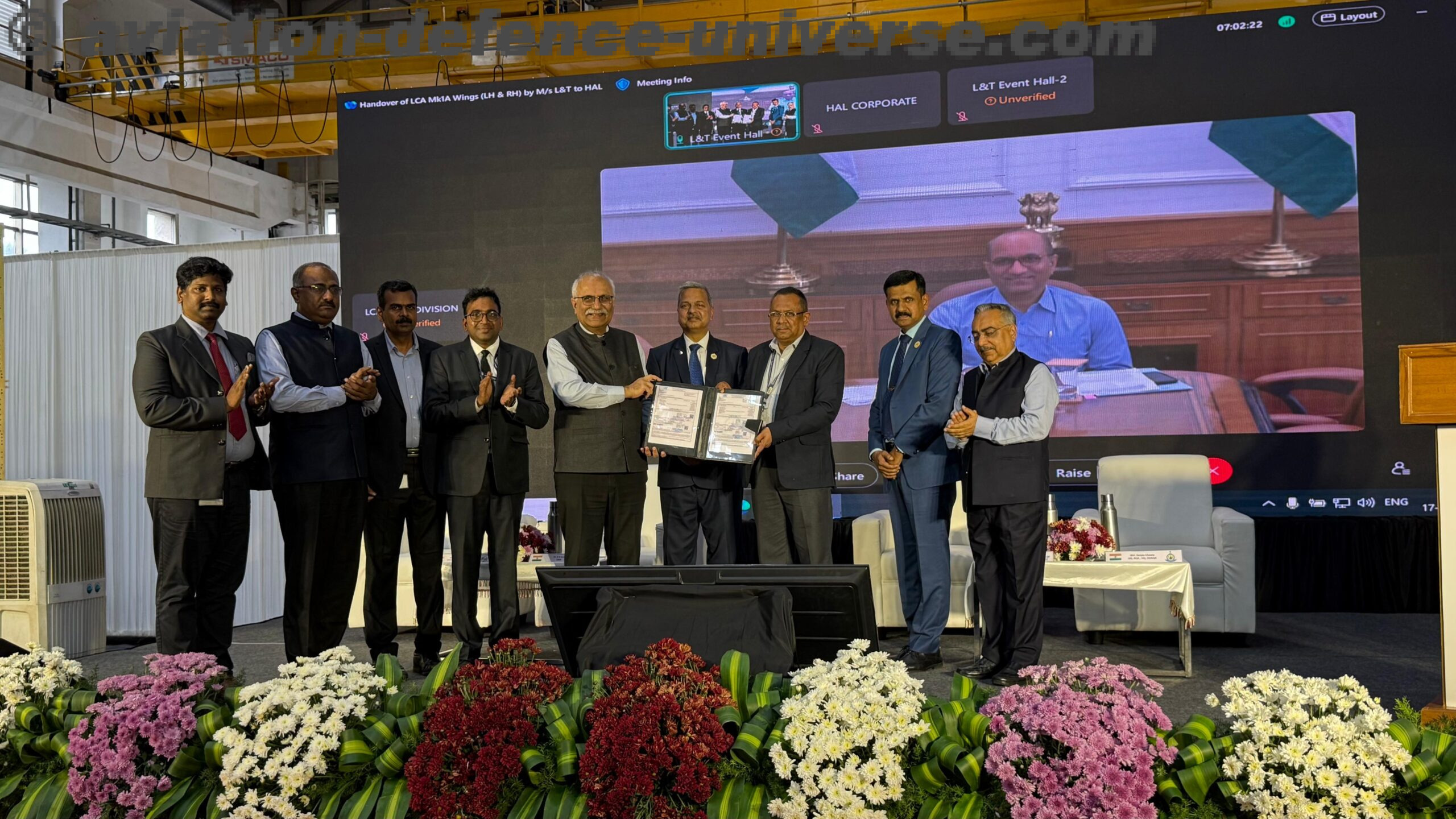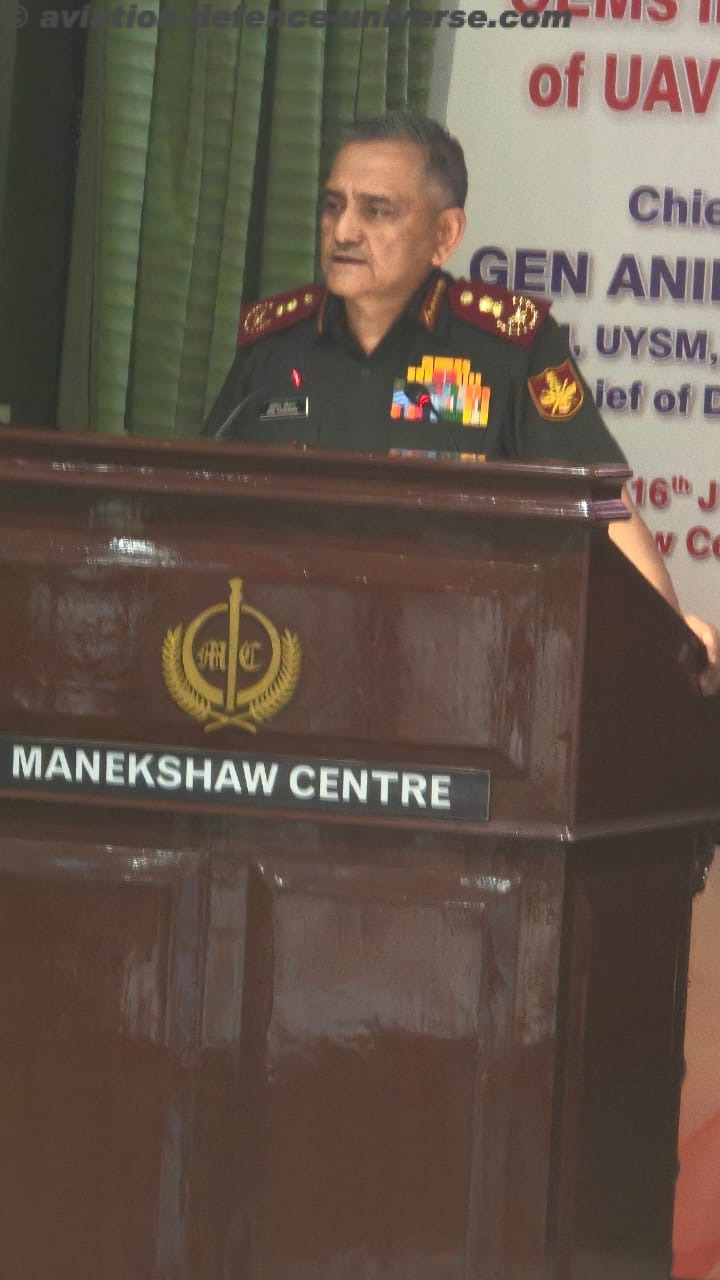- New One-to-Many technology provides users with ultra-reliable 10-100+ Gbps connectivity
Denver . 15 January 2020. BridgeComm, Inc.,and Boeing HorizonX are collaboratively pioneering the development of applications of One-to-Many (OTM) technology, a breakthrough in OWC that provides bi-directional, ultra-high-speed mesh connectivity for terrestrial, airborne and space systems.
OTM builds on the basic connectivity that traditional point-to-point optical terminals provide and enables a much broader set of telecommunication applications. This technology enables optical wireless communications systems to create bi-directional mesh connectivity similar to, and complementary with, radio frequency systems.
“Boeing has been a great partner for BridgeComm, beginning with Boeing HorizonX Ventures’ investment in 2018 to a broader strategic relationship,” says BridgeComm CEO Barry A. Matsumori. “We’re excited to expand our partnership by pioneering OTM technology for terrestrial, airborne and space systems.”
OTM is capable of supporting terrestrial, airborne and space systems that require 10-100+ Gbps throughput, as well as the high reliability and redundancy inherent in mesh architecture. OTM maintains the inherent security features in OWC, while supporting the mesh architecture. OTM also provides a much-needed new option for high-speed connectivity in environments where RF spectrum is limited or congested.
“The One-to-Many technology that Boeing and BridgeComm are developing is a game changer for businesses and other organizations that need the ultra-fast, ultra-reliable connectivity that will complement traditional radio frequency systems,” says Dr. Bruce Chesley, senior director of Strategy for Boeing’s Space and Launch business. “OTM will revolutionize the way these organizations communicate, and in the process will create a communications systems designed for long term growth.”
Launched in 2015, BridgeComm quickly garnered attention as the first organization to commercialize OWC and begin development of a global network of optical ground stations designed to support complimentary fixed and mobile terminals that provide high-bandwidth, high-security solutions for unique applications. OWC is a wireless technology offering rapid point-to-point data transmission via beams of light that connect from one telescope to another using low-power, safe, infrared lasers in the terahertz spectrum. It holds tremendous potential to augment RF, fiber and mmWave technologies and extend the capabilities of the terrestrial fiber grid—particularly in hard-to-access environments and in areas where cell towers do not currently exist.
Analytics firm Research and Markets predicts the global OWC market will experience significant growth by 2023 at an estimated compound annual growth rate of 33.49 percent, from $229.2 million generated in 2017. In addition to space exploration and future opportunities for 4G and 5G networks, prominent applications include intelligence, surveillance, reconnaissance and backhaul.

























































































































